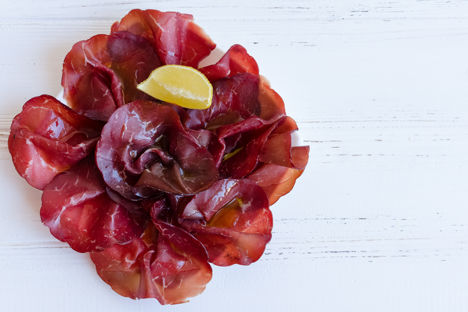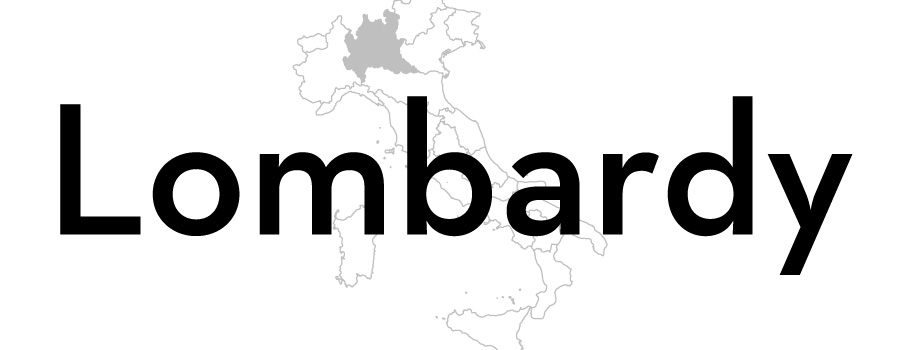
Bresaola: stunning salumi from the Valtellina Valley
Bresaola has become massively popular around the world, but there are lots of cheap imitations of this cured beef around. If you’re looking for the real deal, there’s only one place to go – Lombardy’s Valtellina Valley.
Bresaola: stunning salumi from the Valtellina Valley
Bresaola has become massively popular around the world, but there are lots of cheap imitations of this cured beef around. If you’re looking for the real deal, there’s only one place to go – Lombardy’s Valtellina Valley.
When we think of Italy’s most beautiful destinations, we often jump to the obvious – the romance of Venice, the Renaissance architecture of Florence, the kaleidoscopic coastlines of Amalfi. In the north, the beautiful lakes Como and Garda easily qualify for the list too – but in between the two, book-ended by clear blue waters, the Bergamasque Alps and Valtellina Valley provide some equally jaw-dropping vistas. We don’t often think of northern Lombardy as a popular tourist destination, but this is a stunning part of Italy, and certainly one worth visiting for food-lovers.
The peaks and troughs of Valtellina are home to some of the country’s best cheeses and wines, and also, one of Italy’s most famous cured meats. Bresaola has spiked in popularity across Europe, and we’ve fallen for its delicate, aromatic flavour over the last decade or so. Now, regular bresaola is all well and good, but if you’re looking for the best of the best, you’ll need to head deep into the Bergamasche Alps in search of the one true bresaola – Bresaola della Valtellina.
There’s a good reason why bresaola first started life here centuries ago. Much like the production of lardo in Colonnata, it's the unique climate and fresh, clean alpine air that we have to thank for creating the perfect conditions when it comes to preserving and maturing meats. The cattle that live up here are well-fed and looked after too – a steady diet of summer meadow grass results in fantastic beef in the winter.
Even today, though the production of Bresaola della Valtellina isn’t PDO-protected, it is IGP-protected – meaning that true bresaola can only be made in Valtellina – and producers must still follow strict rules that have been passed down through generations. Bresaola della Valtellina starts with very specific cuts of beef – the topside is the most-prized and commonly used, but the thick flank and silverside are often used as well. It’s important to use a cut that isn’t too tender and has a tight grain, so the meat holds together and retains texture throughout the curing process.
All the fat is trimmed from the meat until it’s completely lean, and then the meat is massaged with a mixture of salt alongside spices like juniper, garlic, clove and cinnamon. Different producers have different spice mixes which are carefully guarded – some even soak the beef in red wine and herbs. After salting and massaging, the meat is stuffed into natural casings and hung to dry for a week in special cool cellars, before being moved to a slightly warmer maturation area for another four to eight weeks. It’s a relatively short curing and maturing process for salumi – by comparison, lardo needs at least six months in maturation tanks, and prosciutto crudo can be curing for many years before it’s ready to slice into.
After just eight weeks, bresaola is ready to eat. You can tell a good bresaola from its colour, texture and flavour – a really good piece should be a uniform bright red when you cut into it and almost totally lean save for a few small streaks of marbling, with a beautiful soft texture and delicate flavour that hints at the spices and herbs used in the cure.
In Valtellina, they advise that each slice of bresaola should be between 0.6 and 0.8 millimetres thick – these thin slices are fantastic in a whole range of leafy salads, or arranged as carpaccio with a splash of extra virgin olive oil and some Parmesan shavings. But if you go and speak to anyone in Valtellina, they’ll tell there’s only one way to eat Bresaola della Valtellina, and that’s on its own!

